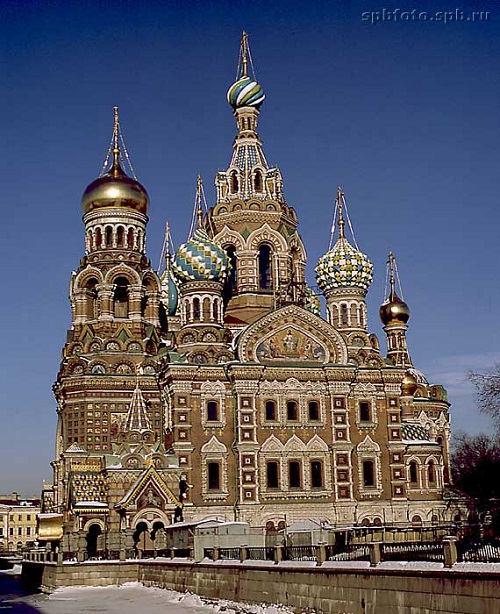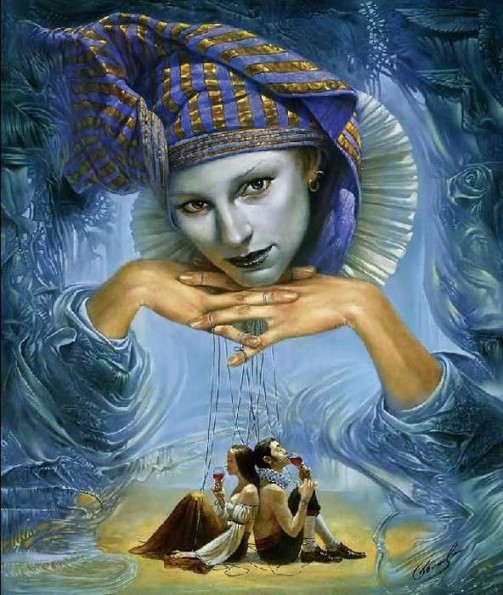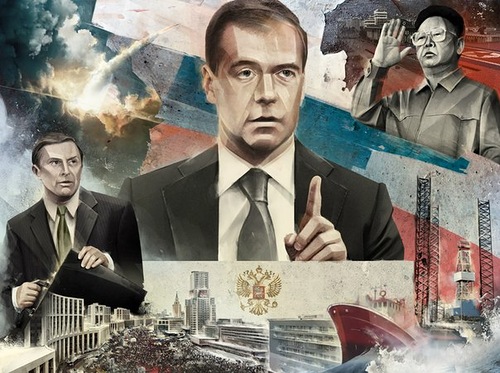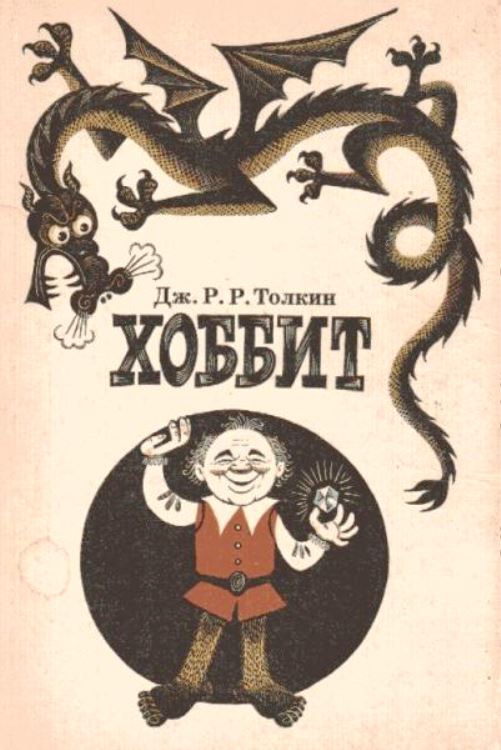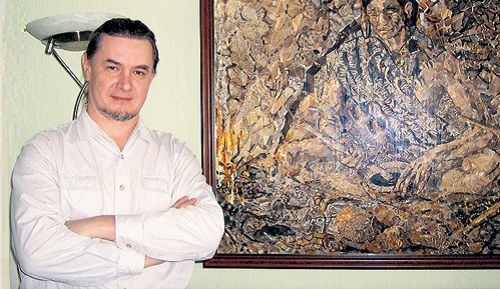Russian artist Mikhail Nesterov
Russian artist Mikhail Nesterov
In 1890, the then unknown to anybody Mikhail Nesterov broke into the artistic life of Moscow. A traveling exhibition of Fine arts presented his masterpiece, which became a sensation, and was immediately purchased by Pavel Tretyakov for his gallery. The idea of painting was so unusual for the Russian art of that time, a bold compositional and pictorial solution, landscape, scenery lyrical inspiration and motive were unprecedentedly depicted. Everything pointed to the fact that Russian art got a young original artist in the face of Nesterov, who was going his own separate way in the art ignoring stereotypes and dogmas of the past.
The picture ‘Vision to Youth Bartholomew’ tells the story of an episode from the childhood of St. Sergius of Radonezh (born Bartholomew), the great Russian saint. According to legend, as a young shepherd boy was wandering through the fields in search of a herd, he met the old man near the ancient oak, who predicted a great future for him and a great responsibility for the future of his land. In his painting Nesterov with a purity, lyrically captivated and showed this episode from the life of the boy. Here, in the “Vision of Young Bartholomew,” Nesterov found that his dream that took him afterwards for twenty or thirty years – the life of Orthodox Russia, the life of the saints miracle workers, hermits, monks, saints and heroes of the spirit.
In continuation of this theme have been created such famous paintings as the Hermit, St. Sergius of Radonezh, the great vows, Silence, winter in the monastery, Fox, Dmitry, the murdered prince, in the mountains, and several others.
Originally religious themes in the artist’s work becomes painting of Russia (the soul of the people), in fact, the embodiment of the words of Jesus Christ: “Be like children. For no one will enter the kingdom of heaven, until he becomes like a baby.” In his fragile, delicate paintings Nesterov embodies the dream of the Heavenly Holy Russia, a country where a man and a mysterious Russian nature, is clean and inspiring, merged into a single divine ecstasy of prayer and meditation.
Simultaneously, the artist creates a unique type of landscape, known as Nesterov. Like never before in Russian landscape art. Closest to the spirit of Nesterov, perhaps, only the pictures of Levitan. Turning to the nature of most of Central Russia, as well as his native nature of the Southern Urals (Bashkiria), lacking brightness and effectiveness, he, like his friend Levitan, selects certain signs, repeating them in many of his paintings.
Habitual “elements” of Nesterov landscape – young spring tree with thin trunks of white birch trees, small pine, red mountain ash, willow catkins with fluffy. Each of them is so deep and full of a portrait that seems to be endowed with its own soul. Nesterov knew, understood, felt that every being in this universe has a soul, feeling, mind.
After the October Revolution of 1917 to paint on spiritual subjects was fatal to life, as the artist himself admitted in his letters to friends, and then Nesterov focused on creating portraits of his contemporaries. These portraits were not bad, and often very good, the level of Serov and Repin. Nesterov was truly attracted to a Russian mystic spirit and life of the Russian saints.
However, the portraits of the artists by Viktor Vasnetsov brothers and Corinne, writer Leo Tolstoy, Pavlov and Yudina, sculptor Vera Mukhina, the daughter Olga (the famous Amazon) and a number of other portraits have become classics of not Soviet but Russian portraiture. Until the last days of his long life Nesterov continued to work productively without compromising the high level of his skill.
The final product, which master’s brush touched became autumn landscape in the countryside. In 1942, Mikhail Nesterov finished his earthly journey, but the memory of him and his work will live as long as Russia is still alive.
Russian artist Mikhail Nesterov
art-nesterov.ru






















